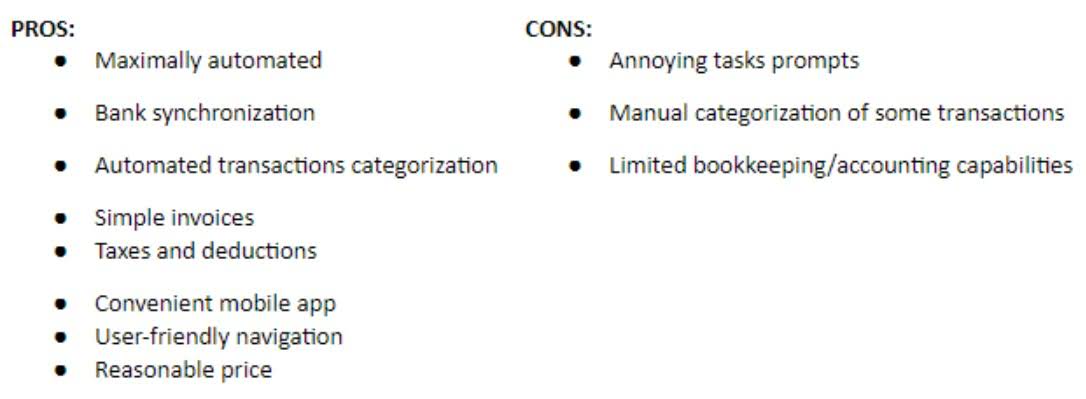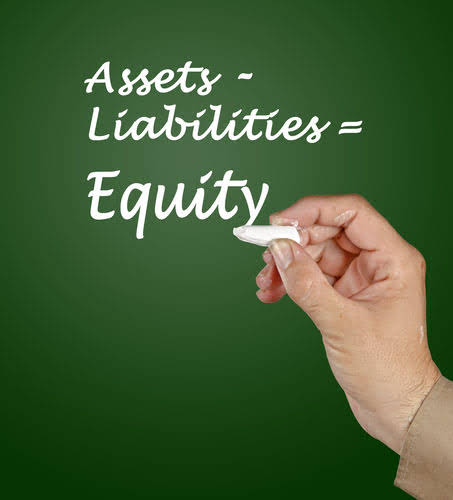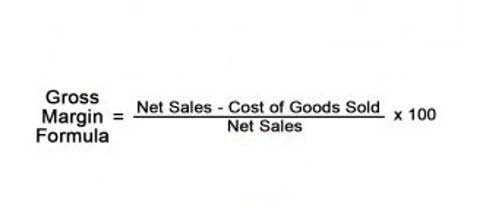
SoFi does not guarantee or endorse the products, information or recommendations provided in any third party website. The limit on the use of the cash method under section 448 does not apply to the following. If “Yes,” explain the nature and amount of the section 481 adjustment attributable to the intercompany transaction(s).
Table B: Schedules To Complete on Form 3115 for Common Accounting Method Changes

For example, an overall accounting method change includes a change from an accrual method to the cash receipts and disbursements method or vice versa. For example, imagine an investor purchases 100 shares of a mutual fund priced at $25 per share on January 1st. At the end of each trading day, the NAV of the fund is calculated based on the current market value of its underlying investments. If the NAV increases to $26.25 by the end of the first day, the investor now has a total investment worth of $2,625 ($2,500 initial investment + $125 gain).
Consumer credit increased 4.3% in April

If the assets lose value due to obsolescence, theft, damage in transit, a natural disaster, or uncollected accounts receivables, they would be impaired. From the perspective of the accounting firm, fostering this culture means implementing rigorous internal controls and encouraging a transparent environment where ethical concerns can be raised without fear of retribution. For the individual accountant, it involves a steadfast commitment to professional standards and a willingness to speak up against practices that may compromise the truthfulness of financial statements. To navigate these dilemmas, professionals can rely on established ethical frameworks like those provided by the international Ethics standards Board for Accountants (IESBA), which emphasize integrity, objectivity, professional competence, and due care. Additionally, engaging in continuous professional education, seeking advice from ethics committees, and fostering a culture of transparency within organizations can aid in making ethically sound decisions. Ultimately, the resolution of these case studies hinges on a commitment to uphold the principles that define the accounting profession, ensuring that trust and reliability remain at the forefront of financial reporting.
Mark-to-market accounting use by Enron
- Margin trading involves borrowing money from a brokerage in order to increase purchasing power.
- Applying mark-to-market leads to financial statements that better reflect a company’s current financial health.
- The amount of value gained or lost in the futures contract at the end of the day is reflected in the values of the accounts belonging to the short and long trader.
- Normally securities, like stocks, are not factored into a tax filing if the trader has an open position with these securities—that is, they have not sold them by the end of the taxable year.
- This means that instead of using the original purchase price, the asset’s value is updated to reflect what it could sell for today.
This can be especially important during times of economic stress when defaults increase and asset values fluctuate significantly. Mark to market (MTM) accounting involves adjusting the balance sheet values of financial instruments and other assets to reflect their current fair market value. The Financial Accounting Standards Board’s Statement of Financial Accounting Standards No. 157 (SFAS 157) provides guidance on measuring fair value under generally accepted accounting principles (GAAP). To address this issue, accounting standards were revised to allow companies to base their valuations on the price that would be received in an orderly market instead of a forced liquidation. This change helped provide more accurate and reliable financial statements during challenging economic conditions.

Current developments in taxation of individuals: Part 2
- Mark to market refers to the practice of adjusting an asset’s value based on current market conditions, which is important because it provides a more accurate representation of your financial situation.
- If the applicant is currently using a LIFO inventory method or submethod and is changing to another LIFO inventory method or submethod, Schedule D, Part II, is not applicable.
- Conversely, long-term assets like property, plant, and equipment are typically recorded at historical cost, with impairment being used when necessary to account for any loss in value.
- Conversely, if the NAV decreases to $23.75, the investor’s total investment is now valued at $2,375 ($2,500 initial investment – $125 loss).
- Market values can be volatile and subject to rapid change, which may lead to significant fluctuations in a company’s reported earnings and financial position.
- Mark to market accounting seeks to determine the real value of assets based on what they could be sold for right now.
MTM accounting shapes financial decisions across numerous sectors of the economy, from Wall Street trading desks to retail investment accounts. Understanding these practical applications helps clarify why this valuation method remains https://www.bookstime.com/articles/law-firm-chart-of-accounts essential despite its drawbacks. Financial institutions use MTM accounting to adjust their loan portfolios based on credit risk. When a bank issues loans, it creates an “allowance for credit losses” account that cushions against expected defaults.

Recording Gains and Losses
During this time, the U.S. economy would enter one of the worst recessions in recent history. This may be important if a normal balance company needs to liquidate assets or it’s attempting to secure financing. Lenders can use the mark to market value of assets to determine whether a company has sufficient collateral to secure a loan.
- These ethical dilemmas demand a robust framework for resolution, one that balances the principles of fairness, integrity, and professional duty.
- While historical cost accounting maintains an asset’s value at its original purchase price, mark-to-market accounting adjusts the value of assets based on current market conditions to provide a more realistic representation of their worth.
- Generally, tax returns and return information are confidential, as required by section 6103.
- In the opposite situation, the margin account of the long position holder will be increased while the short futures account will be decreased.
- However, it’s important to realize that choosing to use mark-to-market accounting is not available to the average individual filing their taxes, and a day trader is not really a day trader according to the IRS unless they are approved as such.
Services
This is in addition to the MTM accounting that allows them to benefit from the unrealized loss of a security without selling it. That can be useful in a business setting when a company is trying to is mark to market accounting legal gauge its financial health or get a valuation estimate ahead of a merger or acquisition. Aside from accounting, mark to market also has applications in investing when trading stocks, futures contracts, and mutual funds. For traders and investors, it can be important to understand how this concept works.
